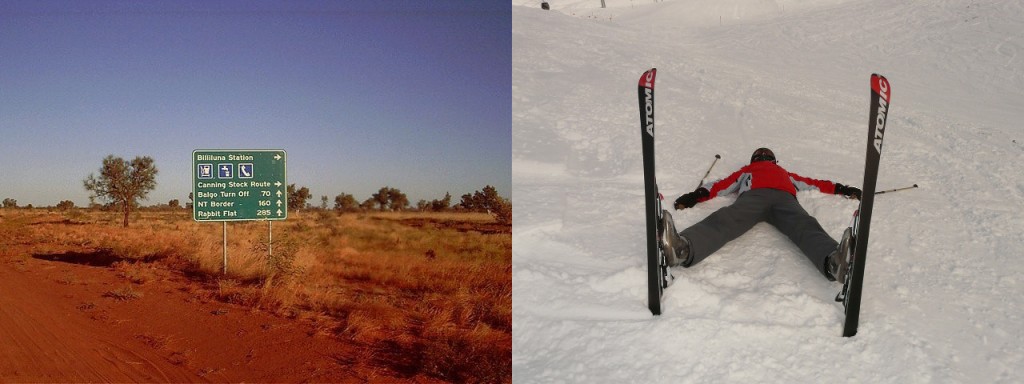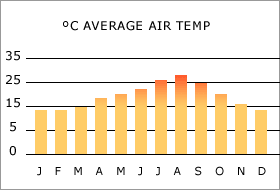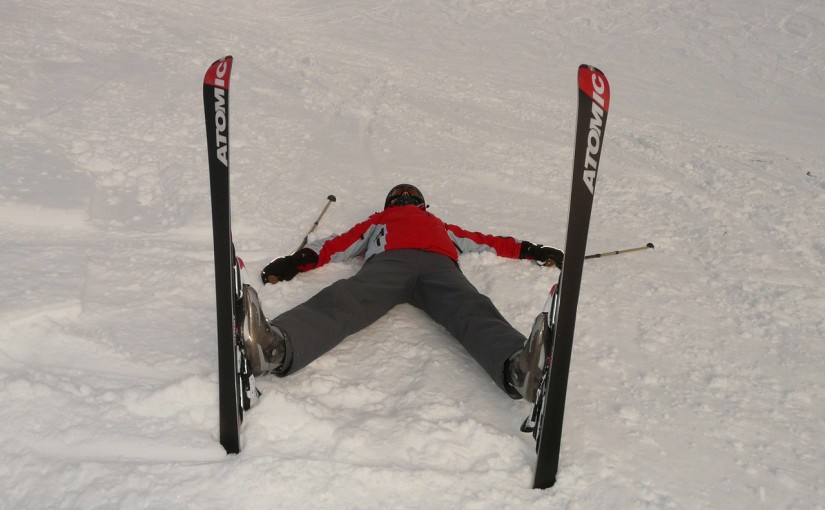The winter solstice is the shortest day of the year, the summer solstice is the longest. Depending on whether you live north or south of the tropics, these happen around June 20th and December 20th each year – or the other way round.
It’s just after the winter solstice here. I overheard someone asking – if the shortest day has already passed, why is it still getting colder and colder? Why are the coldest/hottest months not June and December? Why, instead, does the weather keep getting worse until about August or February? The days are getting longer. Why aren’t we warming up?

Weather is complicated. To completely, fully explain it, you’d need to draw on physics, chemistry, geology, astronomy – even without delving into the politics and economics of climate change. You’d need a lot of mathematics, too, of course. Along the way you’d need to incidentally solve enough tough mathematical problems to make you famous dozens of times over. One of these problems is so tough and important that it has a million dollar bounty on its head!
But we aren’t going to dig that deep here. Instead, we’ll use just a few drops of friendly calculus to explain for why the weather is still getting worse.
Here’s the calculus we’ll need:
When something is as big or as small as it gets, it’s not getting bigger or smaller.
What? You’re saying that’s not calculus?
Okay, I admit it doesn’t look like calculus. But do you remember when your calc teacher said this mumbo-jumbo:
local minima and maxima occur when the derivative is zero
Basically that’s just a fancy way of saying “When something is as big or as small as it gets, it’s not getting bigger or smaller.”
Let’s unwrap what your teacher’s comment bit by bit.
- “local minima and maxima” means times that something is as big or as small as its going to get. The hottest day of the year is the local maximum of temperature – it’s the day that number on your weather app is as big as it’s going to get.
- “the derivative” is just how fast something’s changing. The derivative of the temperature (against time) is how fast the weather is warming up. Negative derivatives of temperature happen when things are cooling down.
- In this context, “the derivative is zero” means it’s neither cooling down nor warming up.
- So, “local minima and maxima occur when the derivative is zero” means “When something is as big or as small as it gets, it’s not getting bigger or smaller.”
The reason why is simple enough. If the weather is warming up, today is not the hottest day of the year – tomorrow is warmer. In the same way, if the weather is cooling down, yesterday was warmer. If today’s the hottest day, the temperature isn’t going up or down – the derivative is precisely zero.
So, back to solstices. The winter solstice is the shortest day of the year – roughly speaking, the day your hemisphere gets less heat than any other day. It’s a local minimum of how much your town is being warmed. But that doesn’t mean it’s the coldest day!
Imagine you’ve just come in from a freezing cold night, and you stand in front of a heater. Suddenly you’re bathed in warmth – but you aren’t yet warm! You’re just warming up! Likewise, the minute you step out of the sauna into the air conditioned gym foyer, you’re still hot!
How fast will you heat up or cool down? That depends on how much heat you’re getting or losing. Want to warm up faster? Turn up the heater!
The heat being absorbed doesn’t control the temperature. Instead, it controls the rate of change of temperature. Otherwise, why would we have to wait two minutes for a microwave burrito?
On the winter solstice, we get less heat than any other day. The heat being absorbed is a minimum. Instead of being the day of low temperatures, it’s a day of quickly dropping temperatures.
And think what the summer solstice means – those long, long days of blue skies and blazing sun. We’re absorbing heaps and heaps of heat, so the weather warms up really, really fast in June/December. Temperatures don’t peak at the solstices, they change fast then. The hottest and coldest days happen a month or two later instead.
In some places, the weather in February is horrible – horribly hot or horribly cold – all month long. Likewise, July or August. Be thankful if you live in a place where the temperature extremes are pleasant.
In February/August, temperatures don’t change much. Or, more mathily, the rate of change of temperature is zero, and so the temperature “enjoys” a local minimum or maximum. February brings the coldest weather to the northern hemisphere, and stinking hot long summer days to the south.
And this is not despite the solstice happening two months earlier – but because.

